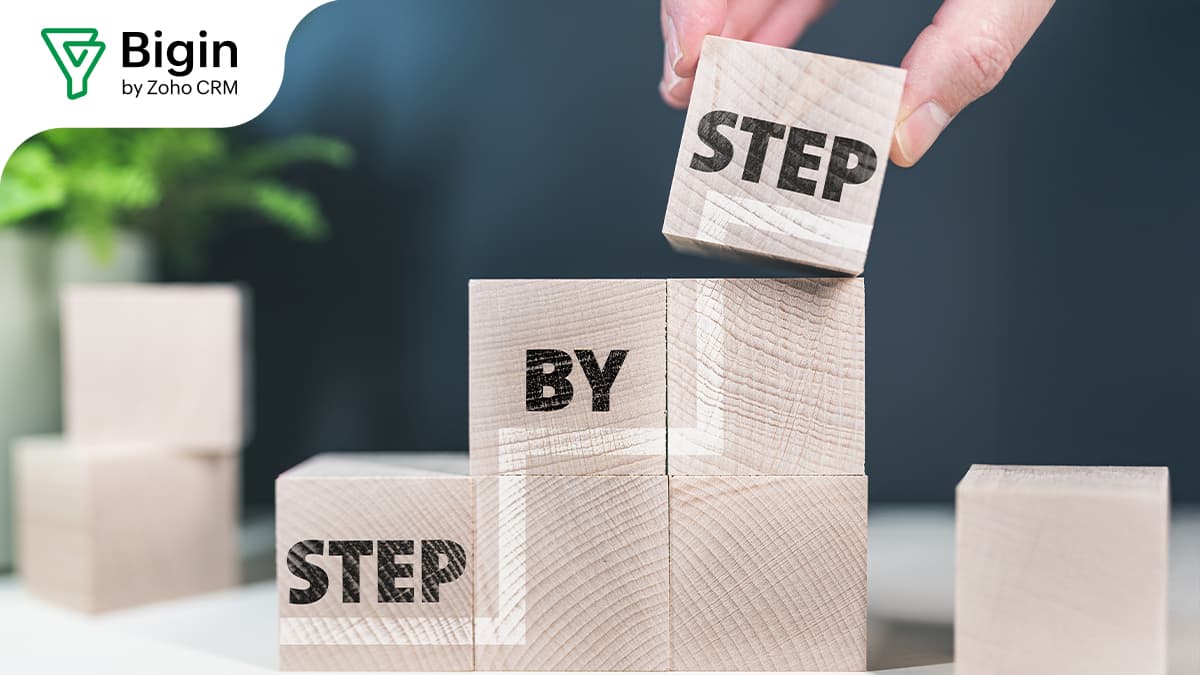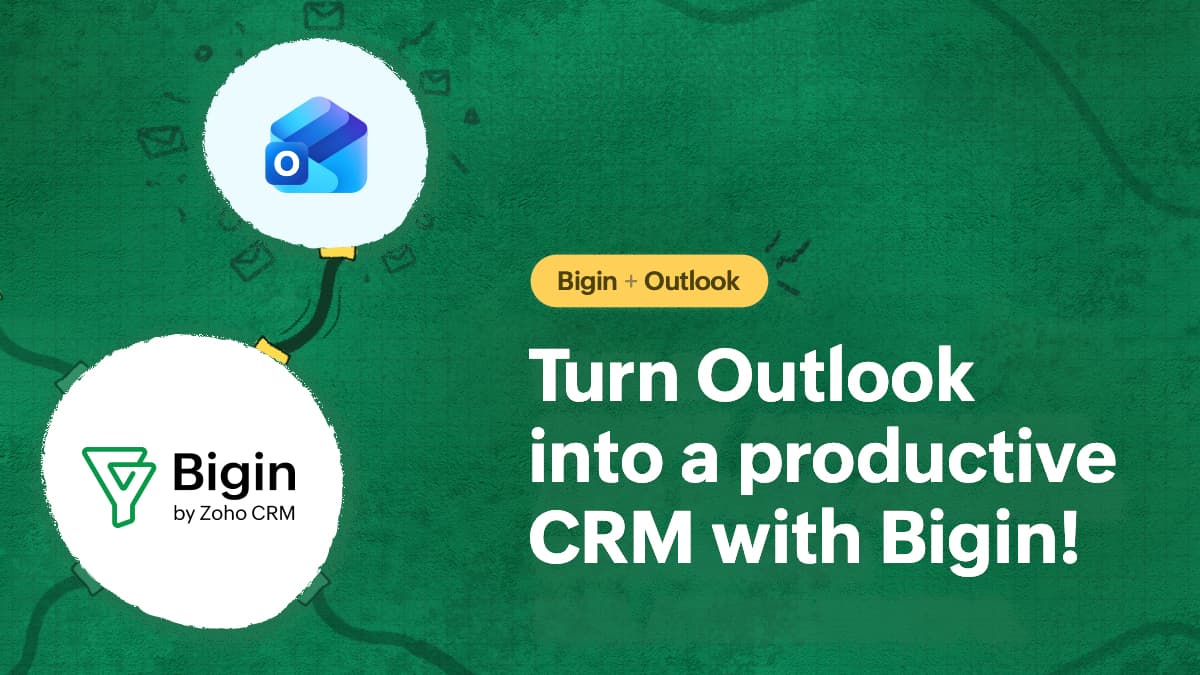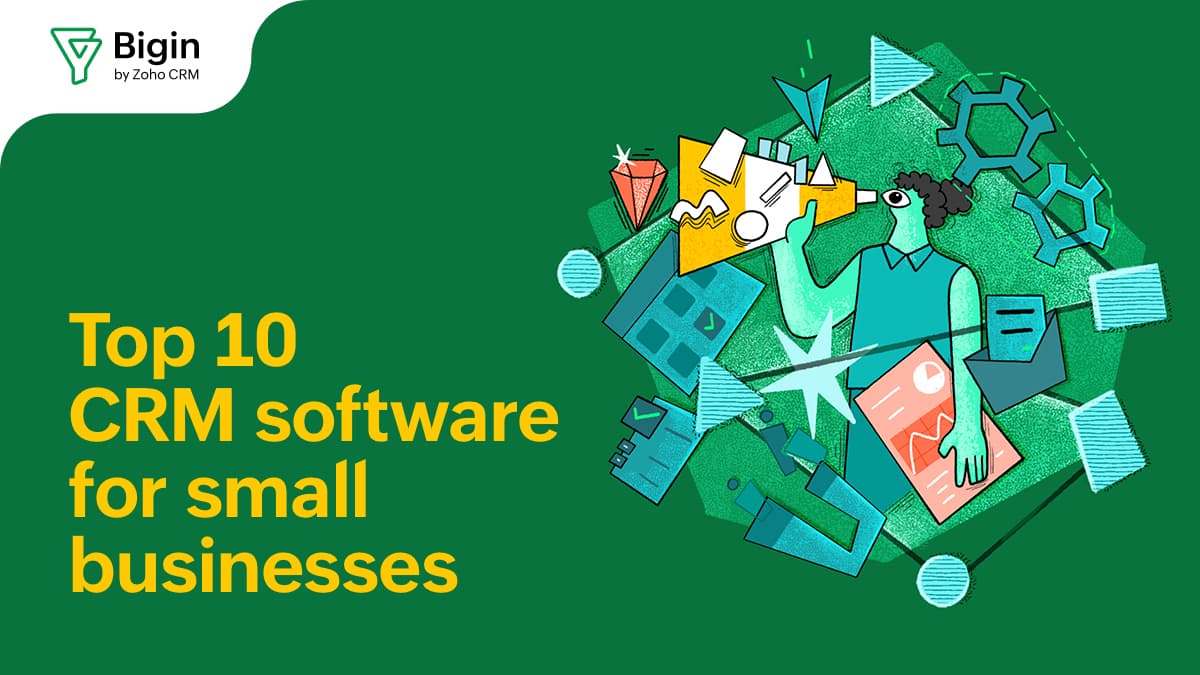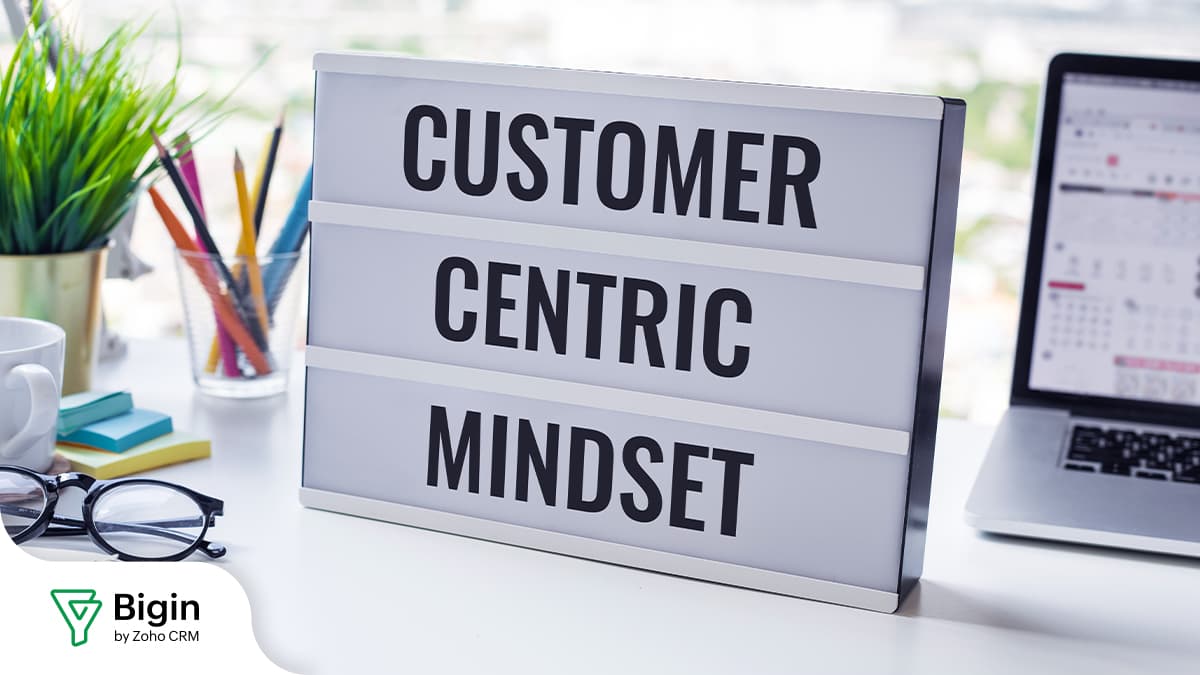The complete customer onboarding process: A simple step-by-step guide for B2B SaaS teams
- Published : July 18, 2025
- Last Updated : July 18, 2025
- 240 Views
- 5 Min Read

The first days and weeks after a customer subscribes to your SaaS product are critical. The way you guide, educate, and support new users during onboarding sets the tone for their entire customer relationship.
In the crowded SaaS landscape, a well-structured customer onboarding process is not just a "nice to have"—it’s a competitive advantage that drives adoption, retention, and advocacy.
In this comprehensive guide, you’ll learn how to build a scalable, effective onboarding process for your B2B SaaS business. We’ll cover:
- Step-by-step instructions
- A downloadable onboarding checklist & template
- FAQs and actionable strategies for success
What is the customer onboarding process?
The customer onboarding process is a series of intentional steps designed to help new users discover value in your SaaS product as quickly as possible.
It includes:
- Welcome messaging
- Product tours
- Proactive support
- Educational content and milestones
When done well, onboarding:
- Reduces friction
- Boosts feature adoption
- Enhances satisfaction and retention
According to HubSpot, many customers churn simply because they don’t understand how to use the product or haven’t seen value. That’s why onboarding is essential.
Why onboarding is the most important phase in SaaS
Onboarding is where customer relationships are won or lost. If new users don’t find value fast, they may churn early.
Key benefits:
- Reduces churn by removing early friction
- Increases feature adoption
- Boosts satisfaction and trust
- Encourages referrals and expansion
Gainsight says onboarding is "far and away, the most important step in the customer journey." Intercom reports that satisfied onboarding users are significantly less likely to churn.
The 4 step process
Step 1: define your ideal customer journey
Before you build onboarding flows, map the customer journey from sign-up to first value.
Key actions:
- List all necessary setup steps (e.g., integrations, data import)
- Identify friction points or drop-off zones
- Define success milestones (e.g., first campaign sent)
- Segment journeys for different user types or industries
A Totango study recommends visually mapping this journey to optimize every step.
Step 2: build your customer onboarding checklist
A checklist turns strategy into action. It ensures every customer gets a consistent experience.
Example checklist:
- Send a welcome email
- Guide through setup (wizard or doc)
- Share product tour (in-app or live)
- Prompt use of key features
- Share training resources
- Celebrate first milestone
- Ask for feedback and offer support
- Follow up after 7 days
The average onboarding completion rate is just 62%, according to Userpilot. Aiming for 75%+ is a strong benchmark.
Step 3: automate and optimize key touchpoints
Manual onboarding doesn't scale. Automation ensures consistency and speed.
Automation examples:
- Trigger welcome emails on signup
- Use in-app tours to highlight features
- Send reminders for incomplete steps
- Track user progress in your CRM
- Deliver content based on user segment
Recommended tools:
- Intercom
- Appcues
- Pendo
- Userflow
Rollstack notes that automation improves consistency, scale, and customer experience.
Step 4: measure success with key metrics
Tracking helps identify what’s working and where users drop off.
Key onboarding metrics:
- Time to First Value (TTFV): How long it takes users to reach their first success
- Onboarding completion rate: % of users finishing the journey
- Feature adoption: Which features users engage with early
- Support ticket volume: High tickets may indicate friction
- CSAT / NPS: Customer sentiment after onboarding
TextMagic and ExecLearn confirm these as standard KPIs to evaluate onboarding.
Actionable takeaways for your SaaS onboarding process
Creating an effective customer onboarding experience requires clarity, structure, and consistency. Here are six essential actions to make your SaaS onboarding truly impactful:
- Map the full customer journey: Understand every touchpoint from sign-up to first value. Mapping this helps ensure a smooth experience and highlights areas of improvement.
- Create a clear checklist: Develop a standardized list of onboarding steps. This keeps both your internal team and customers aligned, ensuring no step is missed.
- Use automation to scale: Automate repetitive tasks such as welcome emails, reminders, and in-app prompts. This enables your team to handle more users without sacrificing quality.
- Measure TTFV, adoption, and CSAT: Monitor how long it takes users to find value (Time to First Value), how many features they adopt, and how satisfied they are. These metrics guide your optimization efforts.
- Personalize flows based on segments: Tailor onboarding experiences based on customer roles, industries, or plan levels. Relevance drives better engagement and retention.
- Offer proactive support and follow-up: Check in with users regularly during their first few weeks. Provide accessible help resources, training, and human touchpoints to guide them.
A remarkable onboarding experience is designed intentionally, measured carefully, and improved constantly.
Final word: turn onboarding into a growth engine
Customer onboarding is more than just a step in the customer journey—it’s a powerful lever for growth. When new users are guided smoothly through setup, shown how to get value quickly, and supported throughout their experience, they are far more likely to become long-term, loyal customers.
An intentional, well-optimized onboarding process improves adoption, reduces churn, and lays the foundation for account expansion and advocacy. By continuously measuring, refining, and personalizing the experience, your onboarding process becomes a scalable engine that fuels your product-led growth strategy. We built a customer onboarding template on Claude for you to use as a starting point!
Common customer onboarding questions, answered
How long should SaaS onboarding take?
Most B2B SaaS onboarding lasts between 14 to 30 days. The exact timeline depends on the complexity of the product, the size of the customer’s team, and how much customization is involved in setup.
According to Totango, it’s ideal to finish onboarding within 30 days to keep up momentum and avoid delays that may lead to customer disengagement.
What is a good onboarding completion rate?
A strong onboarding completion rate is 75% or higher. This indicates that the majority of your users are completing the intended journey and are more likely to realize value quickly.
Userpilot reports that the average onboarding completion rate hovers around 62%. So, anything above 70% should be considered above average and a good benchmark to aim for.
Who owns onboarding in SaaS?
While the Customer Success team typically leads onboarding, it’s a cross-functional responsibility shared across multiple departments:
- The Product team creates and manages in-app tours and tooltips.
- The Support team addresses technical issues and guides users through blockers.
- The Sales team provides context and ensures a smooth handoff from prospect to customer.
Successful onboarding happens when all of these teams are aligned and working together toward the same customer goals.
How do you personalize onboarding?
Personalizing onboarding starts with segmentation. You can group users based on:
- Their role (e.g., admin, end user)
- Company size
- Industry or primary use case
Once segmented, customize the onboarding experience by tailoring:
- Setup checklists that reflect their specific tasks
- Messaging and product tours with relevant language
- Help center articles or training content that matches their role or needs
Both Gainsight and Intercom emphasize that segmentation is a core strategy to increase onboarding effectiveness and long-term engagement.
 Anubhav
AnubhavAnubhav is a product marketer with an insatiable thirst for all things content marketing, technology, and SaaS. His expertise lies in crafting compelling narratives that resonate with audiences and drive business growth. With a deep-rooted interest in entrepreneurship, Anubhav closely follows the latest industry trends and innovations, constantly seeking new ways to elevate marketing strategies.


